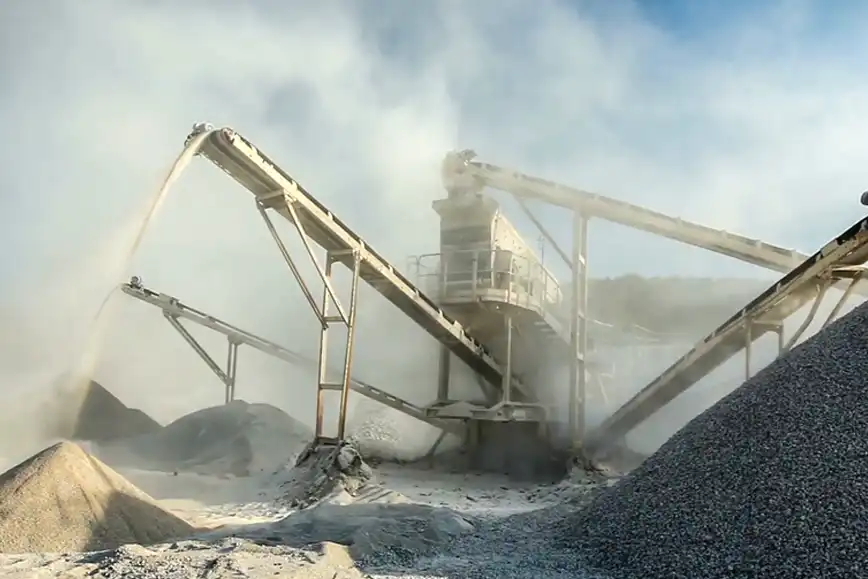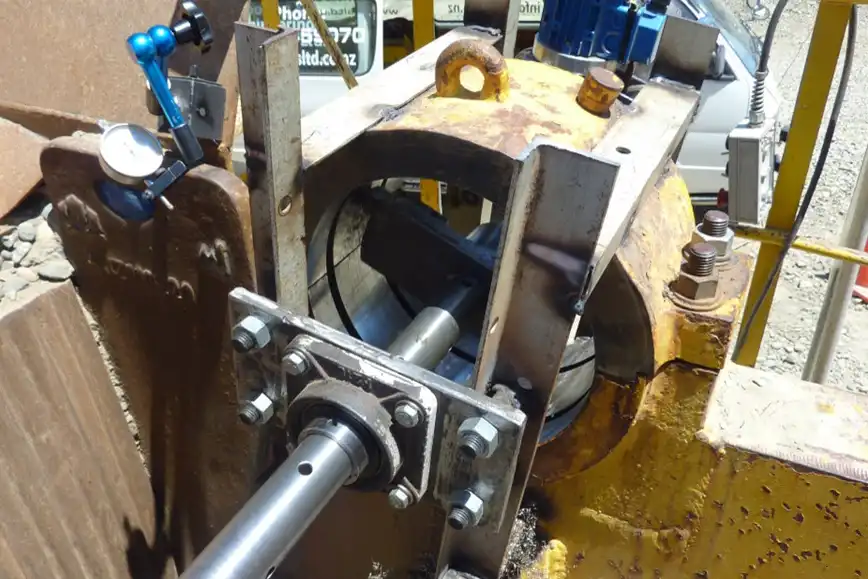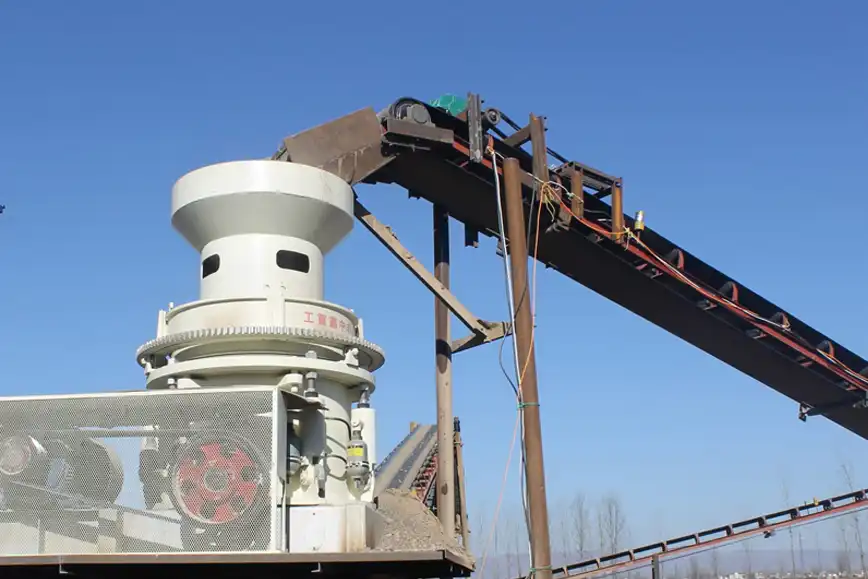Are you looking for crusher bearings? This is the ultimate guide to the basics of crusher bearings. Crusher bearings can be widely applied for various industries, and welcome to contact us at any time if you are interested in our crusher bearings.
Here are different crushing equipment in the industry, and here I list some widely used crusher types in the following.

High-performance anti-friction bearings that can function dependably with little heat generation are required for compression crushers because to their high start-up torque, shock loads, and vibration.

Jaw crusher is designed for primary crushing, allowing to receive larger-sized materials compared with other types of crushers. Crusher bearings can load generally moderate, the outer bearings can support a movable jaw.

Cone crusher uses various specialized bearings. Like jaw crusher, cone crusher is commonly used for the primary, secondary, and tertiary crushing circuits. Cone crushers are equipped with two radial bearings and two axial bearings.
Here are some care tips for crusher bearings:
Regular Inspection: Perform routine inspections of the crusher bearings to check for signs of wear, damage, or contamination. Regular visual checks can help identify issues early.
Lubrication Maintenance: Ensure proper lubrication of bearings at scheduled intervals. Follow manufacturer recommendations for the type and amount of lubricant. Contaminated or insufficient lubrication can lead to premature bearing failure.
Temperature Monitoring: Monitor the temperature of the bearings during operation. Abnormal temperature increases may indicate problems such as inadequate lubrication or excessive friction, prompting further investigation.
Seal Integrity: Check the seals regularly to ensure they are intact and functioning correctly. Seals prevent contaminants from entering the bearing, contributing to extended bearing life.
Proper Installation: During installation, ensure proper bearing crush (controlled deformation during installation) to secure a tight fit. Follow manufacturer guidelines for installation procedures.
Alignment Checks: Ensure proper alignment of the shaft and housing to prevent uneven loads on the bearings. Misalignment can lead to increased wear and reduced bearing lifespan.
Environmental Protection: Protect crushers from environmental elements such as dust, dirt, and moisture. Implement proper covers and shields to prevent contamination of bearings.
Vibration Analysis: Regularly conduct vibration analysis to detect potential issues early. Unusual vibrations may indicate problems with the crusher or bearing assembly.
Training for Operators: Train operators on the importance of proper equipment operation and the impact on bearing life. Encourage them to report any unusual noises or vibrations promptly.
Replacement of Worn Parts: Replace worn or damaged components promptly. Waiting too long for replacements can lead to additional stress on the bearings and other parts of the crusher.
Keep Records: Maintain detailed records of maintenance activities, including lubrication schedules, inspections, and replacements. This documentation can help identify trends and plan future maintenance effectively.
Following these care tips, operators can enhance the reliability and longevity of crusher bearings, minimizing downtime and maximizing the overall efficiency of the crushing equipment.
Crusher bearing housing repairs involve the restoration or replacement of the housing that holds the bearings within the crusher assembly. This is a critical maintenance task to ensure the proper functioning and longevity of the crusher. Here are the key steps involved in crusher bearing housing repairs:
Assessment: Begin by assessing the condition of the bearing housing. Look for signs of wear, damage, misalignment, or any other issues that may affect the performance of the bearings.
Disassembly: If repairs are needed, start by disassembling the crusher components to access the bearing housing. This may involve removing the shaft, bearings, and other associated parts.
Cleaning: Thoroughly clean the bearing housing and surrounding components. Remove any accumulated dirt, debris, or old lubricant to ensure a clean working environment for repairs.
Inspection: Inspect the bearing housing for cracks, corrosion, or any structural damage. Check the fit and alignment of the housing to ensure proper seating of the bearings.
Welding and Repairs: If there are weldable repairs needed, employ appropriate welding techniques to mend cracks or damaged sections of the bearing housing. Ensure that the welding is done with precision and follows industry standards.
Machining: Use machining tools to restore the bearing housing to its original specifications. This may involve machining surfaces for proper alignment and ensuring the housing’s dimensions meet the required tolerances.
Replacement: In cases where repairs are not feasible or the damage is extensive, consider replacing the bearing housing with a new or refurbished unit. Use high-quality replacement parts that meet the specifications of the crusher manufacturer.
Assembly: Reassemble the crusher components, ensuring that the bearing housing is securely fitted and aligned. Follow the manufacturer’s guidelines for proper assembly procedures.
Lubrication: After assembly, lubricate the bearings and other moving parts with the recommended lubricant. Pay attention to the quantity and type of lubricant specified by the manufacturer.
Testing: Conduct a thorough testing process to ensure that the repaired or replaced bearing housing functions correctly. Check for proper alignment, smooth rotation, and any unusual noises.
Preventive Measures: Implement preventive measures to avoid future issues, such as routine inspections, proper lubrication schedules, and environmental protections to prevent contaminants from entering the bearing housing.
EGI bearing manufacturer could your first choice, if you are looking for a reliable bearing manufacturing from China. Send us your requirement to get an instant quote now.